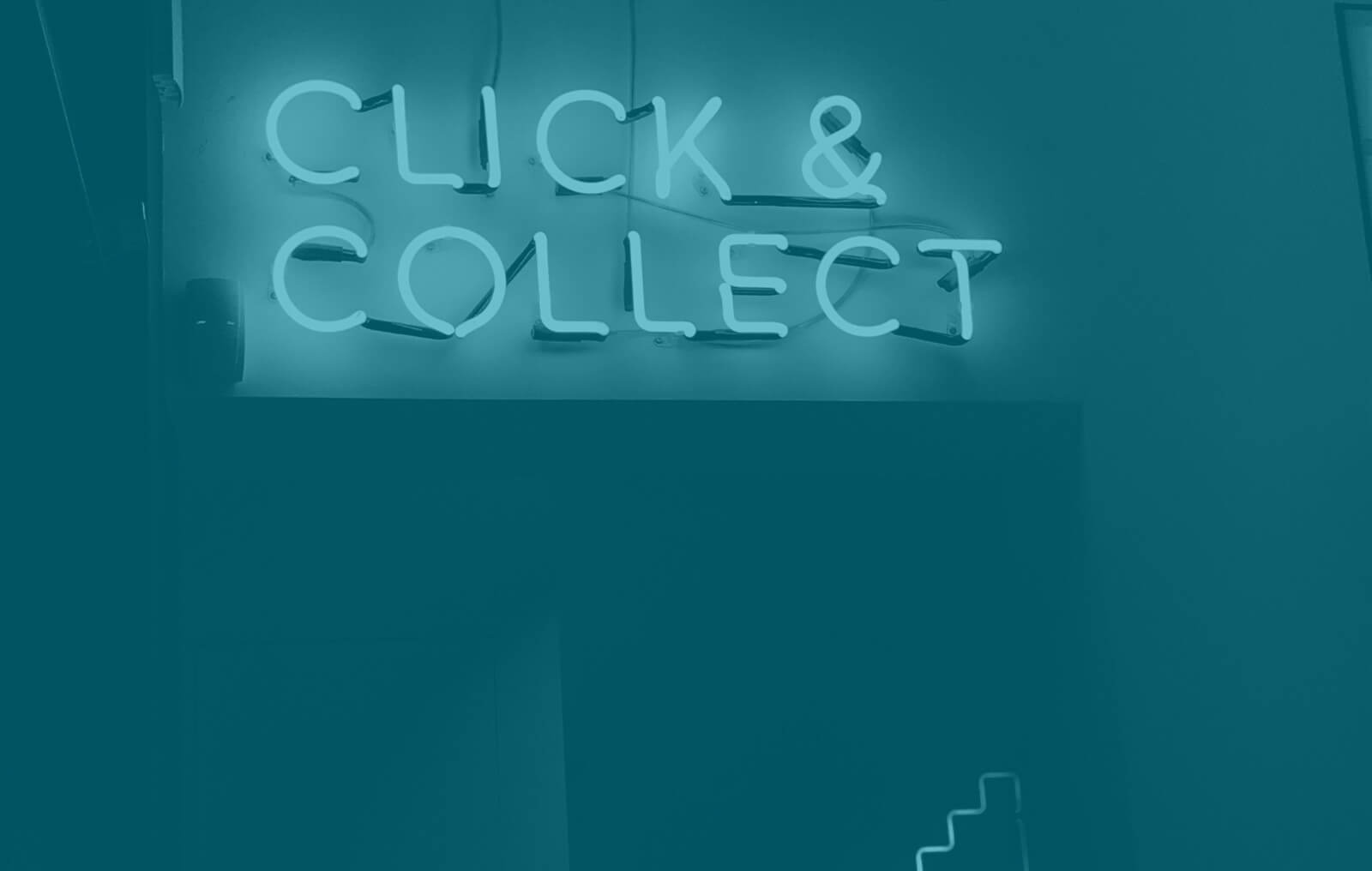Incumbent media companies and bricks and mortar retailers are facing a similar challenge – how to compete in the digital era.
Online competitors, such as Google, Twitter, eBay and Amazon, with different and often more cost-effective business models, have become established and are placing pressure on traditional players.
Media companies can learn from their retail counterparts in responding to digital disruption. Retailers, rather than purely shunning their physical stores (in the way many publishers have closed print titles), are embracing an ‘omni-channel’ approach, developing a seamless approach to the customer purchase process, either online, in-store or through an increasingly sophisticated combination of both. Just this past week John Lewis announced a click and collect store at London’s St Pancras station. Retailers are beginning to understand how to maximise the customer experience using all formats.
What does digital disruption mean for media companies?
Rather than closing print titles, publishers should really be asking themselves whether print could be used to provide an equivalent ‘omnichannel’ experience for their readers. Over the past two years, we have worked with media organisations that have adopted this approach, and the results have been astonishing, leading to double-digit growth in both their print and digital revenues. As close observers of many publishers throughout the recession, there appears to be a common thread running through the most successful: the capacity to innovate, integrate and monetise both print and digital offerings.
Rather than seeing their print assets as deadweight which should be offloaded as quickly as possible so that they can reinvent themselves as pure digital businesses (where they will find competition with deeper pockets and stronger digital capabilities), enlightened publishers see print titles as a source of competitive advantage and differentiation.
A multi-channel offering
Publishers are beginning to realise that print is an important part of a multi-channel offering where readers use different media formats for different purposes. Clearly, readers no longer wait for a print publication to read the news. However, print (or its equivalent digital edition) is a good medium for more long-form articles, where content is browsed and consumed with a less immediate need. The best publishers are reacting to these trends by designing a portfolio of media formats to meet all needs of the reader in the most suitable formats.
A strong brand
The importance of print titles and their heritage in creating a strong brand is also often overlooked. Both the history of a brand and the physical presence of a magazine or newspaper offer a much stronger proposition to readers and contributors than an online start-up. It creates greater loyalty and emotional engagement, and often attracts content which lesser brands could not. A great example of this is Bloomberg’s acquisition of Businessweek, where a key rationale for the investment was the ability to attract more prominent interviewees which Bloomberg.com was previously unable to reach.
A successful media company of the future
A successful media company of the future cannot just close print because of worsening economics. Considerations around frequency of issue, type of content, and integration with digital offerings to develop a full experience for its readers will be crucial to sustain success.





